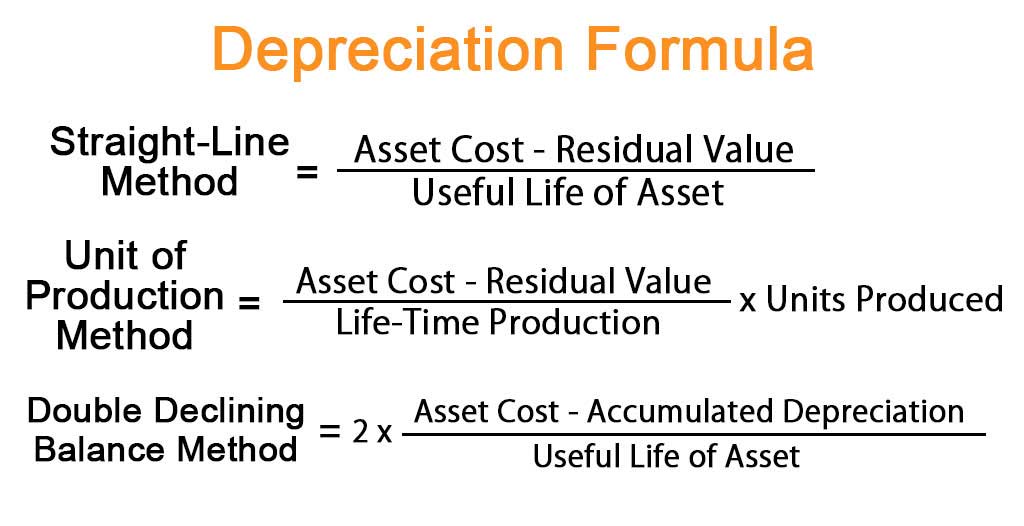Rolling EPS gives an annual earnings per share (EPS) estimate by combining EPS from the past two quarters with estimated EPS from the next two quarters. Making a comparison of the P/E ratio within an industry group can be helpful, though in unexpected ways. Although it seems like a stock that costs more relative to its EPS when compared to peers might be “overvalued,” the opposite tends to be the rule. Sometimes an adjustment to the numerator is required when calculating a fully diluted EPS. For example, sometimes a lender will provide a loan that allows them to convert how to raise money in five easy steps the debt into shares under certain conditions.
Historical performance can suggest the right moment to buy or sell shares (when it is on all-time low or high values) and indicate the trajectory of business performance and how the market evaluates it. Earnings Per Share (EPS) shows how much money a company makes on each share of stock. It is calculated by dividing company’s net income by the total number of outstanding shares. The P/E ratio is particularly useful for comparing companies within the same industry, as it accounts for differences in their size and growth potential.
Analysts assess the forecasts for four quarters, just like they do for the other earnings per share calculations. Investors want to know how successful a company might be in the upcoming months, thus information on future earnings per share might be important. The number of shares that a company has issued has a significant impact on its EPS. A company’s EPS will usually decrease as the total number of issued shares increases.
- The P/E Ratio divides the current share price by the earnings per share (EPS) of the company.
- In contrast, the EPS will usually increase if the total number of shares available decreases.
- Understanding what EPS is and how it is calculated could help you make better informed investment decisions.
- However, assume that this company closed 100 stores over that period and ended the year with 400 stores.
Earnings per share (EPS) is an important profitability measure used in relating a stock’s price to a company’s actual earnings. In general, higher EPS is better but one has to consider the number of shares outstanding, the potential for share dilution, and earnings trends over time. If a company misses or beats analysts’ consensus expectations for EPS, its shares can either crash or rally, respectively.
Copyright © 2025 FactSet Research Systems Inc.© 2025 TradingView, Inc. Additionally, in general, a good EPS is defined more by its change from year to year than by its absolute value. Every year, a company’s EPS should rise in absolute terms, together with an increase in the rate of those gains. Price to earnings ratio, based on trailing twelve month “as reported” earnings. Adjusted EPS is a type of EPS calculation in which the analyst makes adjustments to the numerator. Typically, this consists of adding or removing components of net income that are deemed to be non-recurring.
Although earnings per share (EPS) is a widely used metric, it has several shortcomings that can sometimes mislead investors. Its fundamental shortcomings include its inability to capture long-term value, its vulnerability to accounting decisions, and its susceptibility to financial engineering. In addition, EPS often ignores important measures of financial health and fails to account for inflation, which can lead to an inappropriately positive assessment of a company’s financial health.
Other Earnings Related Measures
Earnings per share (EPS) is a commonly used measure of a company’s profitability. It indicates how much profit each outstanding share of common stock has earned. Generally speaking, the higher a company’s EPS, the more profitable it is considered to be. Ultimately, the presence of a negative P/E ratio calls for a full review of the company’s financial statements, how to reconcile supplier invoices cash flow statement, debt ratio, and even quarterly earnings reports. This ensures that investors understand the actual performance, not just a single financial ratio. The dividend yield is another measure commonly used to gauge a stock’s potential return.
…then the negative price-to-earnings signal should be taken seriously. In such cases, the stock may be priced for a worst-case scenario and could carry a real risk of bankruptcy if the losses persist. These situations require caution, especially during volatile market conditions or bear cycles in the entire industry.
Regardless of its historical EPS, investors are willing to pay more for a stock if it is expected to grow or outperform its peers. In a bull market, it is normal for the stocks with the highest P/E ratios in a stock index to outperform the average of the other stocks in the index. CFI is the global institution behind the financial modeling and valuation analyst FMVA® Designation.
Earnings per share (EPS) provides insights into a company’s profitability. Both are tools that investors use to evaluate potential investments. The payout ratio could also be calculated by dividing the DPS ($2.87) by the EPS ($3.66) for the past year. However, this calculation requires that one knows the actual values for per-share dividends and earnings, which are generally less widely known by investors than the dividend yield and P/E ratio of a specific stock.
What Is the Difference Between EPS and P/E Ratio?
Even if a company’s EPS is dropping, its stock price may increase if the decline is less than what investors anticipated. The main difference between diluted EPS and basic EPS is that the first takes employee stock options and convertible debt into account. Diluted EPS, according to some investors, may provide a more realistic picture of a company’s financial stability than basic EPS. This is because it typically raises the number of shares, which lowers diluted EPS relative to basic EPS. In general, a company’s public filings provide the numbers you need to calculate EPS on your own. Subtract any preferred dividends that may exist from the net income for the year then divide this figure by the total number of outstanding shares of stock.
Analysts will sometimes distinguish between basic and diluted EPS. Basic EPS 11 things to watch out for when buying a leasehold property consists of the company’s net income divided by its outstanding shares. It is the figure most commonly reported in the financial media and is also the simplest definition of EPS.
Unlocking Wealth and Diversification: The Powerful Advantages of Investing in Conglomerate Stocks
A stock with a dividend yield of 4% and appreciation of 6% has a potential total return of 10%. Before you start investing in stocks, you should consider using the educational resources we offer like CAPEX Academy or a demo trading account. EPS is calculated by dividing a company’s net income by the total number of outstanding shares.
If it pays out the entire amount as dividends, the company would have adividend yield of 10%. The conventional earnings per share calculation is commonly known as basic EPS. However, there are at least other 3 types of earnings per share, each emphasizing a distinct facet of this financial measure. The most crucial thing to keep in mind is that each unique EPS could affect a company’s stock valuation and may suggest that it is overvalued, fairly valued, or undervalued. The price-to-earnings (P/E) ratio, earnings per share (EPS), and earnings yield are all financial metrics used to evaluate a company. Any stock dividends or splits that occur must be reflected in the calculation of the weighted average number of shares outstanding.
- What counts as a good EPS will depend on factors such as the recent performance of the company, the performance of its competitors, and the expectations of the analysts who follow the stock.
- As you can see there is a heavy focus on financial modeling, finance, Excel, business valuation, budgeting/forecasting, PowerPoint presentations, accounting and business strategy.
- We used investopedia for our definitions of Earnings, sales and price.
- Usually P/E less than 20 is considered low and indicates that the company is undervalued, is a normal P/E Ratio, P/E values more than 25 are considered as high and indicates that the company is overvalued.
How Is Earnings Per Share Calculated?
EPS indicates how much money a company makes for each share of its stock. EPS is an input required to calculate the earnings yield metric. Earnings yield is calculated by dividing the earnings per share (EPS) in the trailing twelve months (TTM) by the latest closing market share price. To compute diluted EPS, both the denominator (outstanding shares) and the numerator (earnings) may need to be adjusted. The P/S ratio is another essential metric for stock valuation, which measures a company’s market capitalization (total value of its outstanding shares) against its total sales or revenue over a given period. It is calculated by dividing the company’s market cap by its total sales.
Diluted EPS, on the other hand, will always be equal to or lower than basic EPS because it includes a more expansive definition of the company’s shares outstanding. Specifically, it incorporates shares that are not currently outstanding but could become outstanding if stock options and other convertible securities were to be exercised. Likewise, a shrinking EPS figure might nonetheless lead to a price increase if analysts were expecting an even worse result. It is important to always judge EPS in relation to the company’s share price, such as by looking at the company’s P/E or earnings yield. For example, suppose there’s a company, called Widget Co., that’s trading at $10, and it will earn $1 in EPS in the year ahead.
Current Earnings Per Share Data
An important aspect of EPS that is often ignored is the capital that is required to generate the earnings (net income) in the calculation. A metric that can be used to identify more efficient companies is the return on equity (ROE). Shareholders might be misled if the windfall is included in the numerator of the EPS equation, so it is excluded. Earnings per share shows an investor how to pick stocks, when used along with other indicators.









